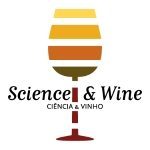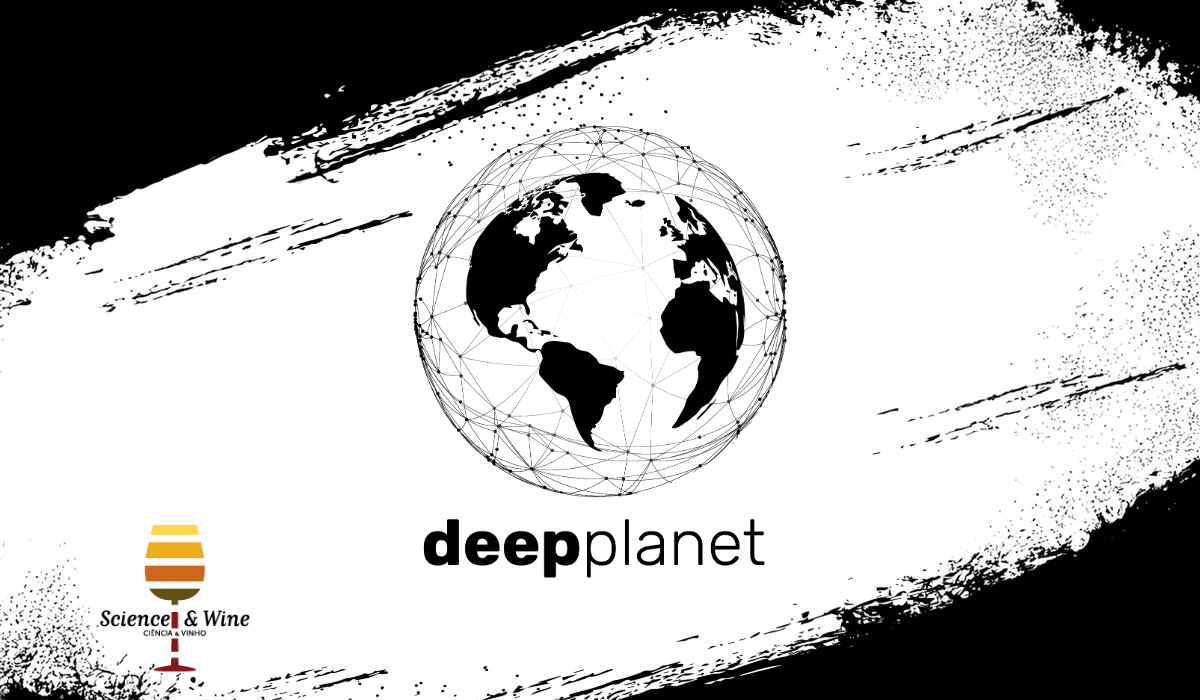Founded in 2018 by Oxford University scientists, Deep Planet is an AgriTech company leveraging artificial intelligence (AI) to address environmental challenges in agriculture, particularly in the wine industry. Their platform, VineSignal, offers precision tools for vineyard management, including optimal harvest timing, yield forecasting, disease detection, precision fertilization, soil carbon sequestration, and smart irrigation. These AI-driven solutions promote sustainability and resource efficiency, helping farmers and winemakers improve crop quality and minimize environmental impact. Deep Planet seeks partners to collaborate on advancing sustainable agriculture globally.

4th Science & Wine World Congress – Energy, sustainability, and green transition in wine and olive oil production
The 4th Science & Wine World Congress, scheduled for May 28-30, 2025, in Porto, will gather experts and stakeholders in energy, sustainability, and agriculture. This year’s congress, held under the University of Porto’s auspices, will spotlight sustainable practices and the green transition in wine and olive oil production. Selected to coincide with World Energy Day on May 26, the congress emphasizes the significance of green energy solutions for these industries. Attendees can explore energy-efficient practices like renewable energy use, precision agriculture, and waste heat recovery, as well as innovative technologies like digital labeling and smart farming. These advancements not only reduce environmental impacts but also enhance product quality and efficiency.

The Influence of Climate Change on Portuguese Wines
Climate change is having a profound impact on Portugal’s wine industry, a key part of its cultural and economic heritage. Rising temperatures, shifting rainfall patterns, and more frequent extreme weather events are creating challenges for traditional wine regions like Douro, Alentejo, and Dão. Warmer temperatures are accelerating grape ripening, leading to wines with higher alcohol content and lower acidity, while unpredictable rainfall causes water stress and increases the risk of disease. Extreme weather, such as heatwaves and hailstorms, can devastate vineyards, particularly in regions vulnerable to soil erosion. To adapt, winemakers are experimenting with heat- and drought-resistant grape varieties and implementing new vineyard management practices, but the costs of these changes are significant, especially for smaller producers. As the climate continues to shift, the quality and consistency of Portuguese wines are at risk, with potential economic and cultural consequences.

South-Tyrolean pinot blanc identity: Exploration of chemical and sensory profile changes ascribed to vineyard locations and winemaking variables
This post explores a study on South Tyrolean Pinot Blanc wines, investigating how vineyard location and winemaking techniques impact their chemical and sensory profiles. The research examined Pinot Blanc from three vineyards at different altitudes and assessed the effects of pre-fermentative grape freezing and simultaneous alcoholic and malolactic fermentation. Findings revealed that higher-altitude vineyards, like Aldino (800 m.a.s.l), produced wines with superior sensory attributes such as clarity, color intensity, and overall quality. Winemaking techniques also influenced wine characteristics, with grape freezing and co-inoculation affecting sugar content, acidity, and aromatic profile. The study underscores the importance of terroir and winemaking practices in shaping Pinot Blanc’s unique identity, offering valuable insights for adapting to climate change and enhancing wine quality.

Maximizing Wine Antioxidants: Yeast’s Contribution to Melatonin Formation
The paper “Maximizing Wine Antioxidants: Yeast’s Contribution to Melatonin Formation” explores how different yeast strains influence melatonin levels in wine, enhancing its antioxidant properties. Melatonin, a compound with anti-aging, anti-inflammatory, and antioxidant benefits, is naturally found in wine but at varying levels depending on yeast activity during fermentation. The study evaluated Saccharomyces and non-Saccharomyces yeasts in fermenting two white wine varieties (Aligoté + Fetească albă and Sauvignon blanc) and found that mixed yeast cultures, especially when combined with bâtonnage products, significantly increased melatonin content. This boost in melatonin was strongly linked to improved antioxidant activity, highlighting the potential for optimizing yeast selection and winemaking techniques to produce wines with enhanced health benefits. The findings suggest new opportunities for the wine industry to create nutritionally superior wines that appeal to health-conscious consumers.

Understanding Tartaric Acid Stabilization in Wine: Techniques and Their Impact on Wine Quality
Tartaric acid is essential for wine’s acidity and stability but can form unappealing crystals. To prevent this, winemakers use stabilization methods like cold stabilization, ion exchange, and electrodialysis to remove ions that cause crystal formation. Alternatively, they add stabilizers such as gum arabic, metatartaric acid, and carboxymethyl cellulose to inhibit crystal growth. While these techniques are effective, they can impact wine’s aroma, flavor, and clarity. New methods, like combining treatments and using plasma technology, are emerging to stabilize wines more efficiently, preserving their quality and appeal.

Celebrating Tradition: Tanque by Science & Wine at the IX Douro Oxheart Tomato Competition
Tanque by Science & Wine participated for the third time in the IX Douro Oxheart Tomato Competition at Casa de Mateus on August 23, 2024. This event highlights the Douro Valley’s rich agricultural heritage, particularly the unique Oxheart Tomato, which thrives in the region’s specific terroir. The competition celebrates the deep connection between the Douro’s traditional farming practices and its cultural identity.
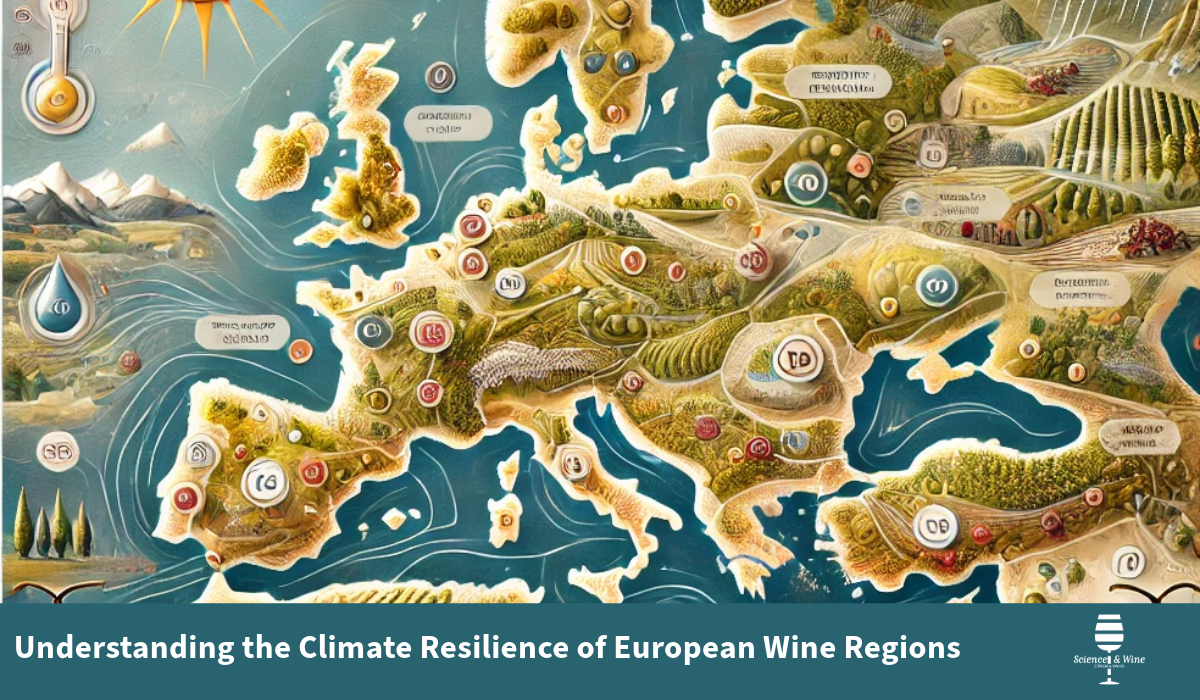
Understanding the Climate Resilience of European Wine Regions
The post emphasizes the importance of adapting viticultural practices, increasing flexibility in Geographical Indication (GI) regulations, promoting grape variety diversity, and investing in adaptive capacity to enhance resilience. The study also suggests rethinking the traditional concept of terroir to allow for necessary innovations in wine production. The overall message is that proactive adaptation is crucial for the future sustainability of European wines in the face of climate change.
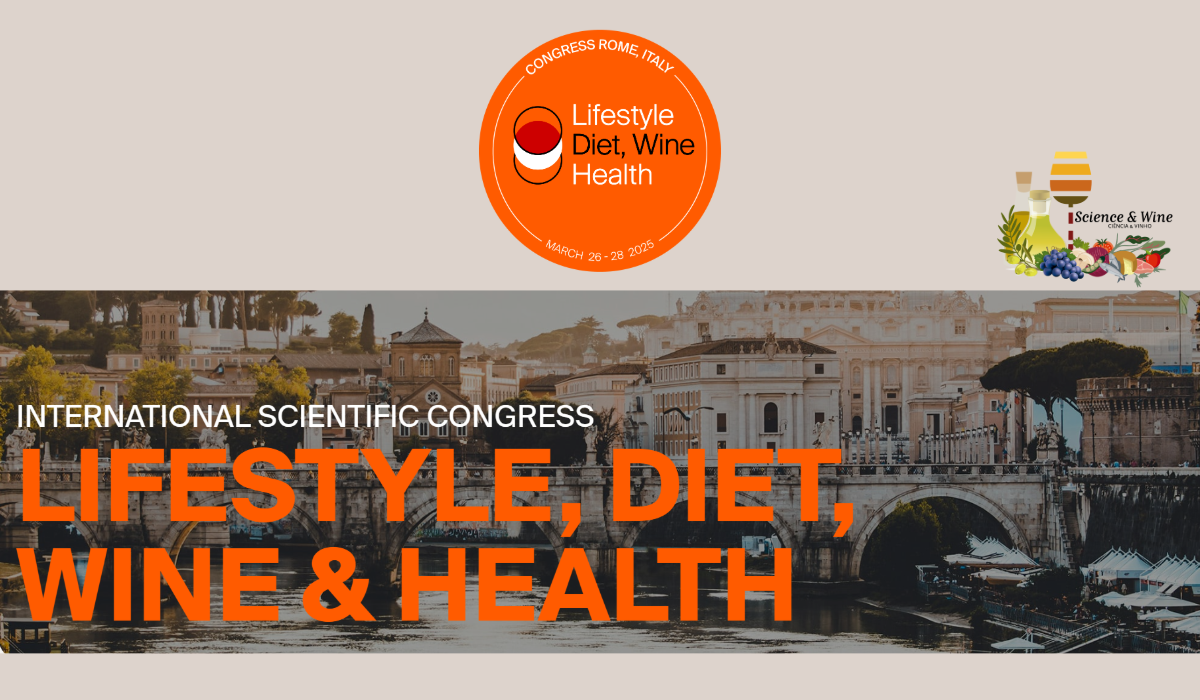
Lifestyle, Diet, Wine & Health Congress 2025: A Pinnacle of Health Science Research
The second edition of the “Lifestyle, Diet, Wine & Health” congress, partnered with Science and Wine, will be held in Rome, Italy from March 26-28, 2025. This international event brings together leading scientists to present the latest research on healthy lifestyles, combining information on active living, balanced Mediterranean-style diets, and moderate wine consumption.
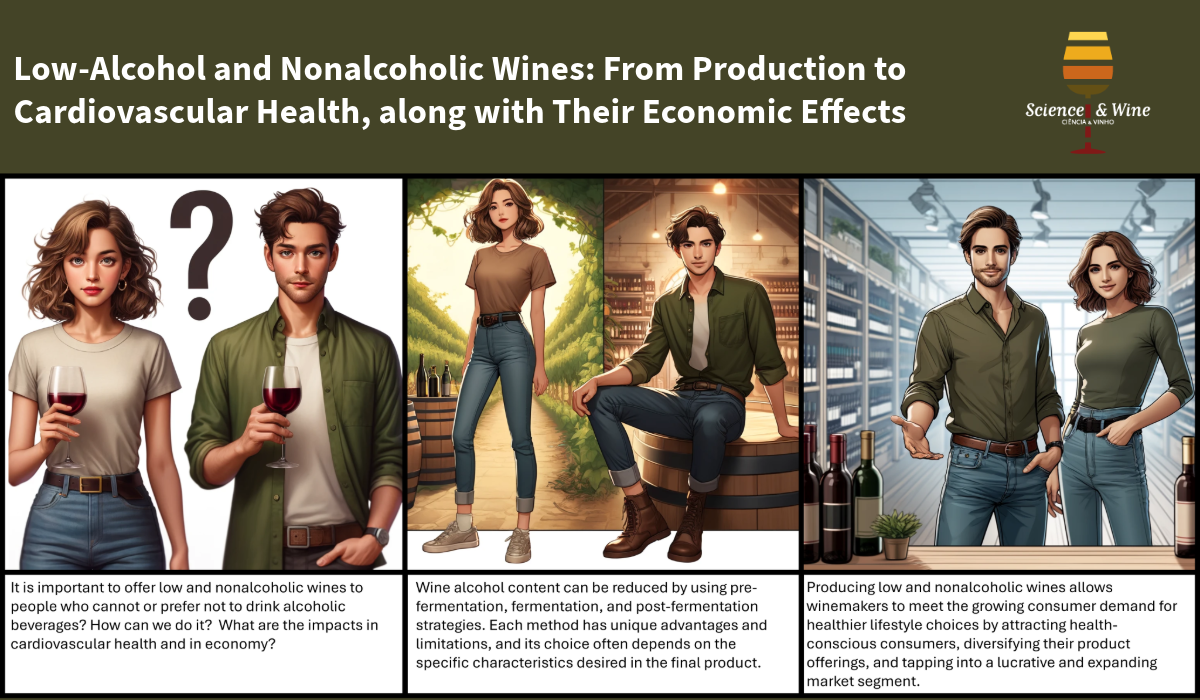
Low-Alcohol and Nonalcoholic Wines: From Production to Cardiovascular Health, along with Their Economic Effects
The emergence of nonalcoholic wines is driven by health, economic, and social factors, meeting growing consumer interest in healthier lifestyles. The health benefits of low-alcohol and nonalcoholic wines, particularly cardiovascular health, are increasingly recognized. Winemakers can diversify their product lines using these alternatives, extend their customer base, and contribute to public health. Advanced production techniques such as vacuum distillation, spinning cone columns, and reverse osmosis reduce alcohol content without compromising quality. The expanding market for low-alcohol wines offers significant growth opportunities, enabling winemakers to diversify their revenue streams and enhance profitability. Evolving regulations, especially in Europe, emphasize transparency in labeling and nutritional information, aligned with consumer preferences. Incorporating low-alcohol and nonalcoholic wines is a strategic move for winemakers, ensuring competitiveness and relevance in a changing market.
